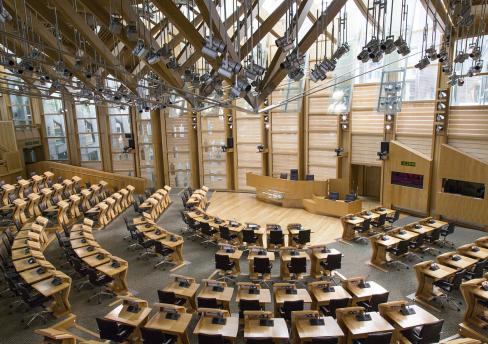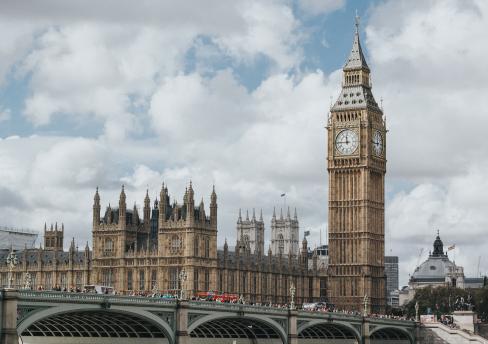One of the impacts of lockdown that we have become acclimatised to is spending more time in the great outdoors. Many of us enjoy this time exploring our surroundings through a Scottish law named “Right to Roam”, which allows us to enjoy Scotland’s land without trespassing.
But more time outdoors creates increased risk – from minor injuries to full on rescues - which can be troublesome for landowners. In Scotland, many of our outdoor spaces are owned by public sector organisations and it is important for these organisations to consider this increased risk. It is also important for the public using outdoors spaces to take heed of signage and warnings, to protect their personal safety.
Any landowner with property that could be enjoyed by members of the public should conduct a risk assessment of their land. If landowners do not conduct risk assessments, the public may unknowingly be at risk, and the landowner more vulnerable to legal action as a result.
The first element of the risk assessment typically should examine the actual property. Paths should be checked, gates functional, and any potential hazards noted with signage. Additional hazards also need to be considered, like livestock, which has been responsible for a variety of cases over the past year where a member of the public has found themselves in danger. A recent example of this was in Summer last year when a cow charged at a walker in the Pentland Hills.
This need is heightened since we are now a year into this pandemic, and outdoor access has been one of the few consistent things have been able to enjoy during ongoing lockdown measures. Paths and various outdoor spaces are therefore likely to be seeing greater wear and tear than they would during a normal yearly season.
There also needs to be consideration for the type of individual who will access the land. As many other gathering places remain closed, are different demographics using the land for social interactions, that they would otherwise be meeting elsewhere for? Are there circumstances in which this use could become unsafe – for example, when consuming alcohol?
For public sector organisations, these assessments can be particularly challenging to progress simply due to the pandemic’s impact on resource.
The individuals who may conduct seasonal risk assessments may be vulnerable and shielding or may have been redeployed due to fluctuations in different organisational needs. However, it is crucial for organisations to allocate resource to these checks – ignorance is not bliss.
While much of the responsibility to mitigate risk in outdoor spaces sits with the landowner, it is also worth noting that public need to heed guidance.
If a familiar path is closed, it is important not to question the closure and take the risk assessment into their own hands. If signage is in place, land users should respect what it requests - it is there to protect public safety. Even parking in non-designated spaces or littering can create risk for future users.
We all know and love Scotland’s beautiful outdoor spaces and natural landscapes, but it’s important these spaces are used safely. Landowners must crucially look at what potential risks may lie in their property, and take steps to mitigate these, as individuals use their right to roam.
First published in the Scotsman
The content of this webpage is for information only and is not intended to be construed as legal advice and should not be treated as a substitute for specific advice. Morton Fraser LLP accepts no responsibility for the content of any third party website to which this webpage refers. Morton Fraser LLP is authorised and regulated by the Financial Conduct Authority.










